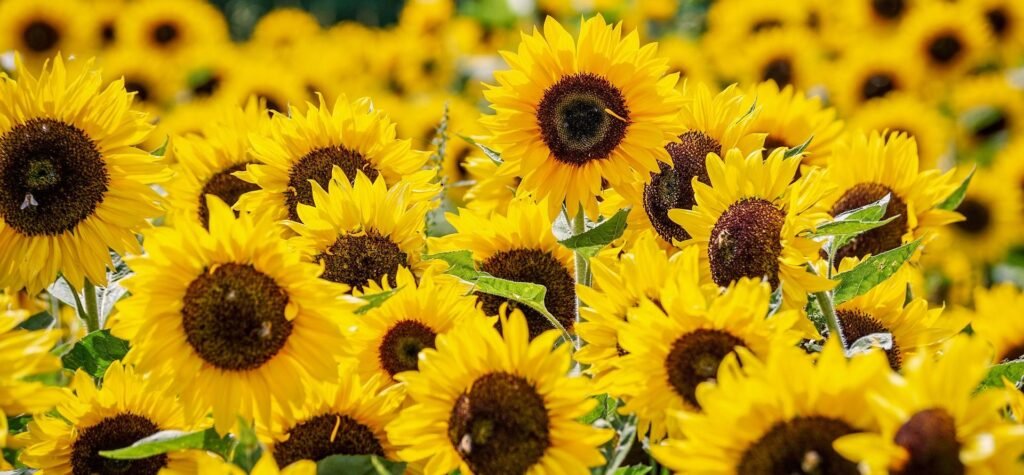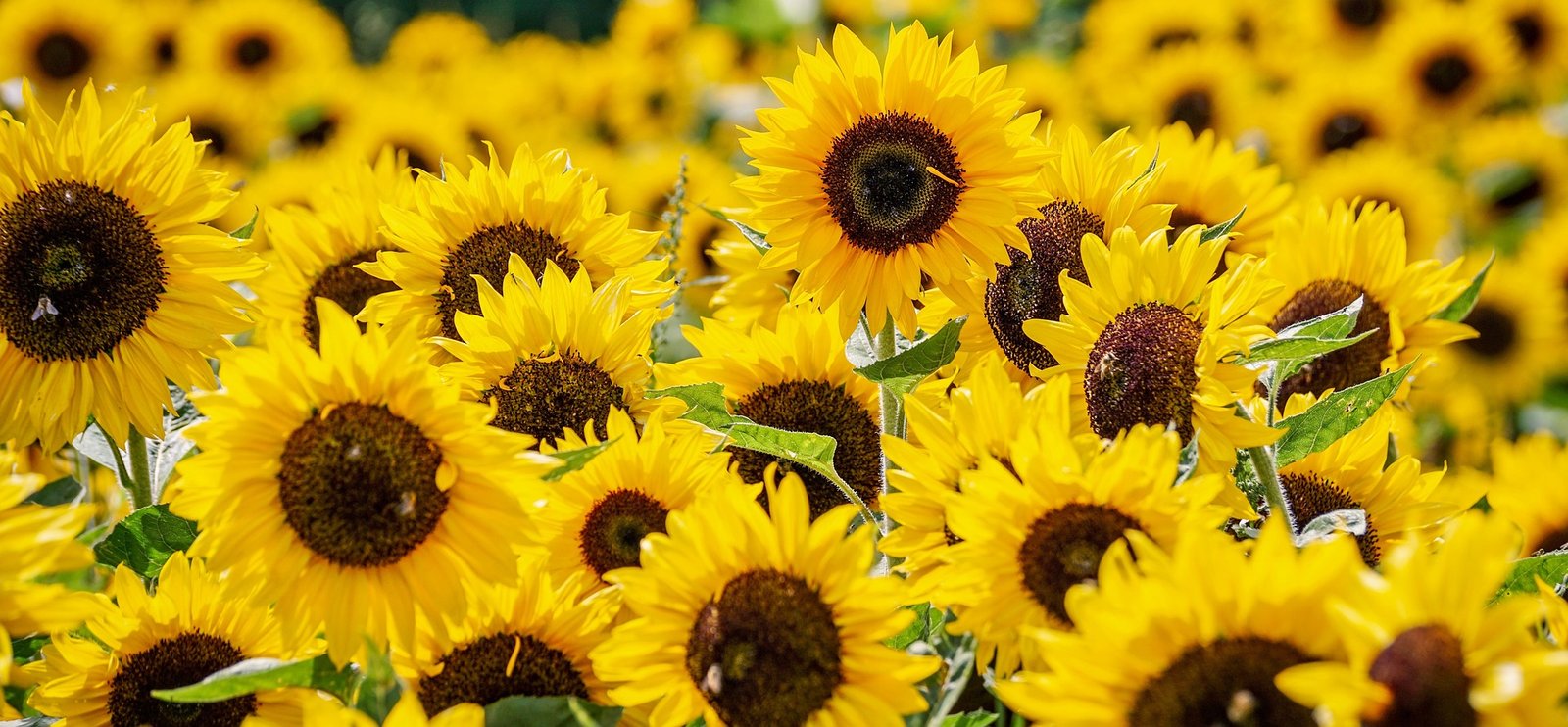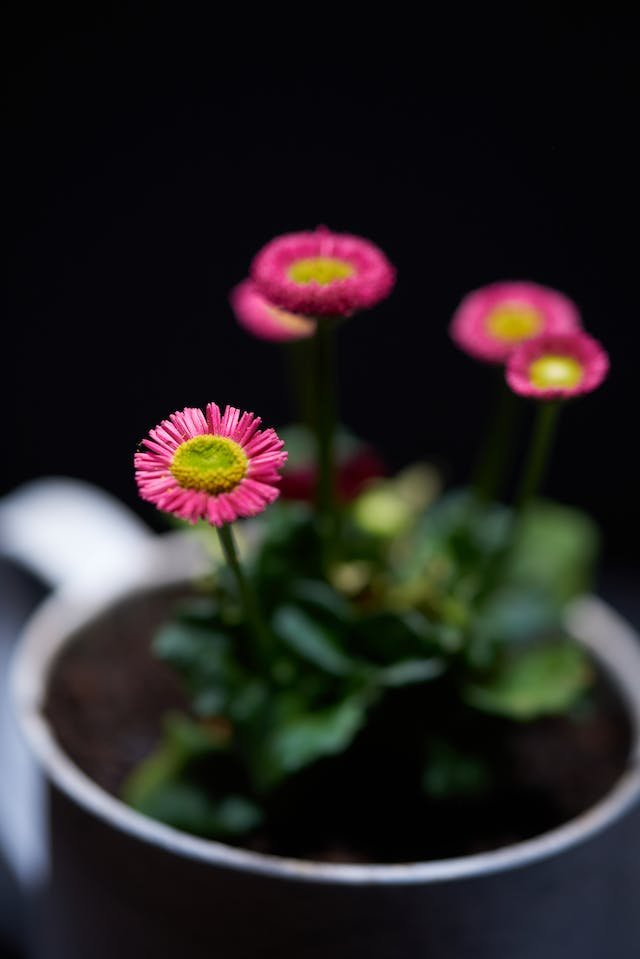The Sunflower Advantage:10 Amazing Sunflower Benefits Explained

Here are 10 benefits of sunflowers explained in detail, each with an example:
- Ornamental Beauty:
- Explanation: Sunflowers are renowned for their large, vibrant blooms, which add a burst of color and visual appeal to gardens and landscapes.
- Example: A field of sunflowers swaying in the breeze creates a stunning and picturesque scene, enhancing the aesthetics of the surrounding environment.
- Pollinator Magnet:
- Explanation: Sunflowers produce abundant nectar and pollen, attracting a variety of pollinators such as bees, butterflies, and birds.
- Example: Bees buzzing around sunflower heads, collecting nectar and transferring pollen, contribute to the pollination of nearby plants, supporting a healthy garden ecosystem.
- Edible Seeds:
- Explanation: Sunflower seeds are nutritious and can be harvested for consumption, providing a healthy snack or ingredient for cooking.
- Example: Harvested sunflower seeds can be roasted and seasoned for a delicious and nutritious treat, offering a sustainable food source.
- Biomass Production:
- Explanation: Sunflowers are fast-growing and can reach impressive heights, making them effective in producing biomass.
- Example: Sunflower crops can be utilized for biomass production, providing organic material for composting or serving as a potential bioenergy source.
- Soil Remediation:
- Explanation: Sunflowers have the ability to absorb and accumulate heavy metals from contaminated soil, contributing to soil remediation efforts.
- Example: Planting sunflowers in areas with soil contamination, such as those near industrial sites, can help in gradually improving soil quality over time.
- Cut Flower Elegance:
- Explanation: Sunflowers make excellent cut flowers, adding a touch of elegance to floral arrangements and bouquets.
- Example: A bouquet of freshly cut sunflowers displayed in a vase becomes a focal point, bringing the warmth and brightness of the outdoors into indoor spaces.
- Windbreak and Privacy Screen:
- Explanation: Tall sunflowers can serve as effective windbreaks, providing protection for more delicate plants and creating privacy screens.
- Example: Planted strategically along a garden border, sunflowers can help shield other plants from strong winds and create a private and sheltered outdoor space.
- Educational Tool:
- Explanation: Sunflowers are often used as educational tools in classrooms to teach children about plant life cycles, photosynthesis, and agriculture.
- Example: Growing sunflowers in school gardens allows students to observe and participate in the entire lifecycle of the plant, providing hands-on learning experiences.
- Companion Planting:
- Explanation: Sunflowers can be used as companion plants, attracting beneficial insects and deterring certain pests when planted alongside other crops.
- Example: Interplanting sunflowers with vegetables like tomatoes can attract pollinators and predatory insects, reducing the need for chemical pesticides.
- Cultural Symbolism:
- Explanation: Sunflowers hold cultural significance and symbolize positivity, warmth, and loyalty in various societies.
- Example: Artists and writers often use the image of a sunflower to convey feelings of joy and optimism, making it a cultural symbol in art and literature.
In summary, sunflowers offer a range of benefits, from their visual appeal and role in supporting pollinators to their practical uses in biomass production and soil remediation. They also hold educational and cultural value, making them a versatile and valued addition to gardens and landscapes.






